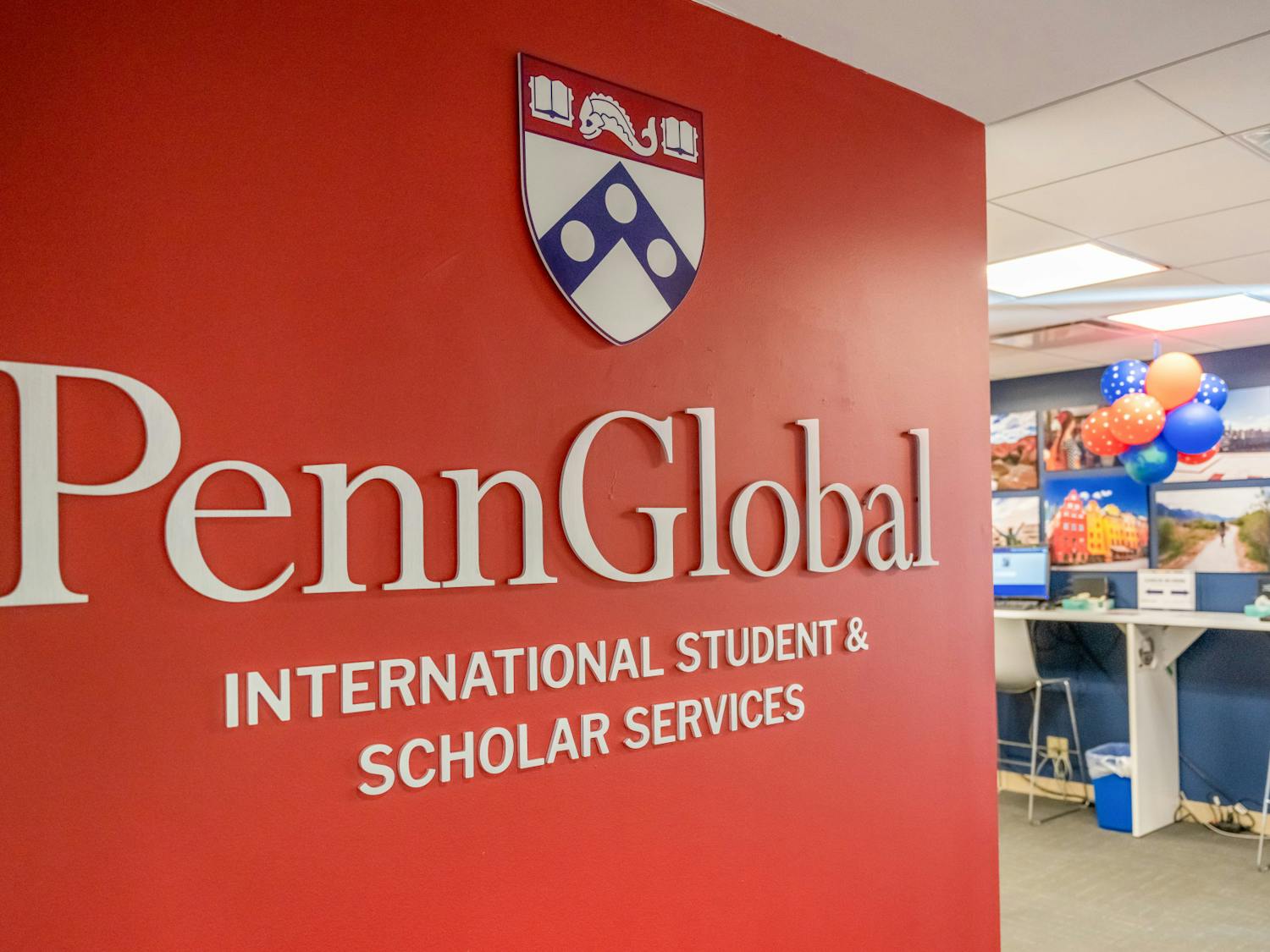In recent years, a falling faculty turnover rate has led the School of Arts and Sciences to hire fewer faculty members.
Faculty turnover rates refer to faculty who are present during one year but gone the next. These changes occur for a variety of reasons, including retirement, resignation or failure to obtain tenure.
"We have currently 484 faculty in [SAS], and last year we had 22 people leave the school, of whom 11 retired and the other 11 either resigned or failed to get tenure," SAS Dean Samuel Preston said.
These numbers provide a faculty turnover rate for 2003-04 of approximately 4.35 percent. The question of average turnover rate is a tricky one, because circumstances -- an aging faculty, for example -- can skew results. And usually, six years of data are needed to measure a turnover rate.
A rough six-year calculation solely of resignations among tenured Penn faculty produced a very low average turnover rate of 1.6 percent per year.
Professors in different departments vary in the extent to which they have observed the falling turnover rate.
"I have not noticed that trend in my department. In fact, there may have been slightly more turnovers in the last three years," Sociology Department Chairman Paul Allison said.
Yet, the History Department's turnover has been more in line with the overall rate found in SAS.
"It has been some time since we lost a faculty member to another university," History Department Chairman Sheldon Hackney wrote in an e-mail interview. "That is a good sign, indicating that there may [not be a] more attractive history department in the country."
Still, according to Julius Shaneson, chairman of the Mathematics Department, a low turnover rate creates both benefits and drawbacks.
"This brings about a problem in terms of age and diversity of the faculty," Shaneson said.
"It's great that our top scholars are staying with us and not leaving, but in terms of bringing in younger people and trying to solve the problem of diversity, S it's not totally a good thing."
Turnover rates by nature are somewhat subjective because of their dependence on faculty age and personal circumstance -- but academics have constructed a measure for standardized comparison among schools.
Margaret Harrigan, a professor at DePaul University's School of Education, devised a rough way to calculate average turnover when preparing a 2003 report for the University of Tennessee on its faculty turnover rates.
This method uses each possible extreme -- from granting no one tenure to extending tenure to everyone -- to deduce an average turnover rate.
That is, if a university were to grant tenure to every one of its professors, and each professor served for 30 years, the faculty turnover rate would be approximately 3.3 percent.
At the other extreme, were a university to deny every faculty member tenure at the end of six years, the turnover rate would be about 16.7 percent.
When these measures are applied, the University of Tennessee at Martin, with a turnover rate of 10.7 percent for 1997-2001, and University of South Dakota, with 9 percent turnover for 1995-96, fall toward the higher end.
On the low end are schools like the University of Michigan, with 3.6 percent turnover for 1991-97, and the University of Iowa, with a 3.7 percent turnover rate for 1994-96. With its figure of 4.35 percent, Penn also falls into the lower range.
According to Preston, the decreased rate at Penn has been steady "for the last couple of years."
Concentrating on tenured faculty who chose to leave prior to retirement -- as opposed to those who do not receive tenure to begin with -- Preston hypothesized two reasons for the decrease.
"Penn is a much more attractive place than it once was," he said. During the last 10 years, Penn has risen in the U.S. News and World Report undergraduate rankings from 16th in 1994 to fourth today, boosting prestige and faculty salaries.
Preston's second reason is that some of Penn's biggest competitors, including state schools, are recruiting fewer faculty members for financial reasons.
"It's a combination of push-pull factors," Preston said.
"We have lost an average of about five tenured SAS faculty to resignation a year," Preston said. "Before that, we were losing 10, so we've been doing less searching for new faculty."
He added that he expects the turnover rate to stay low. But keeping track of the numbers is of the utmost importance.
"The faculty is the single most important factor in the success of the school," Preston said.








